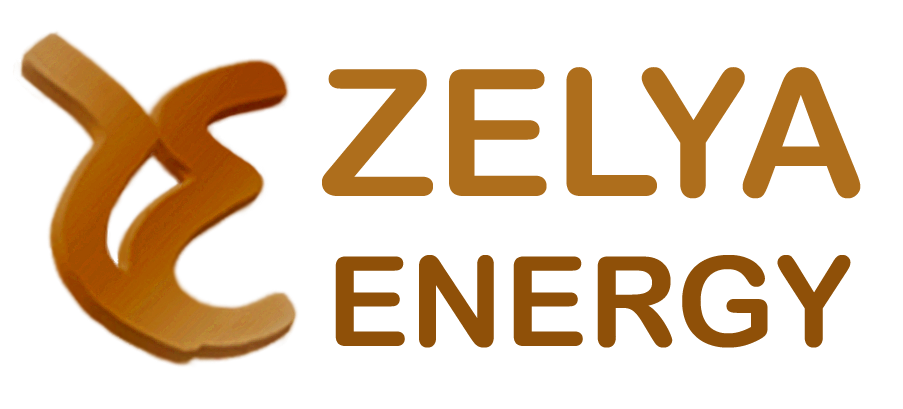The law introducing the new organization of the electricity market (NOME) was promulgated on December 8, 2010. It has set up regulated access for alternative suppliers to the electricity produced by EDF's nuclear power plants (ARENH).
What organization for access to nuclear-origin electricity?
The ARENH system is based on three pillars:
❶ An ARENH volume for each supplier, ensuring equality among players in the electricity market.
All operators providing final consumers can benefit from the ARENH, up to a limit of 100 TWh to be divided among suppliers. Because of these supply conditions, all final customer suppliers are, in principle, able to offer competitive offers compared to regulated selling rates.
❷ An ARENH price reflecting the economic production conditions of nuclear power plants' electricity.
In order to ensure fair compensation for EDF and to guarantee alternative suppliers economic conditions equivalent to those resulting for EDF from the use of its historical nuclear power plants, the law states that the ARENH price should be representative of the economic production conditions of electricity by historical nuclear power plants over the duration of the device.
Thus, the ARENH price must reflect the full costs of the historical nuclear fleet.
❸ A new architecture for the regulated selling rates of electricity.
These rates will gradually be built by adding the costs of electricity supply, the price of the ARENH and the cost of the supply supplement integrating the capacity guarantee, transmission costs, marketing costs, as well as reasonable remuneration (no later than 2015).
However, the law provides for the maintenance of regulated selling rates for small consumers (blue rates). On the other hand, these rates for large and medium-sized enterprises (green and yellow rates) will expire no later than December 31, 2015.
